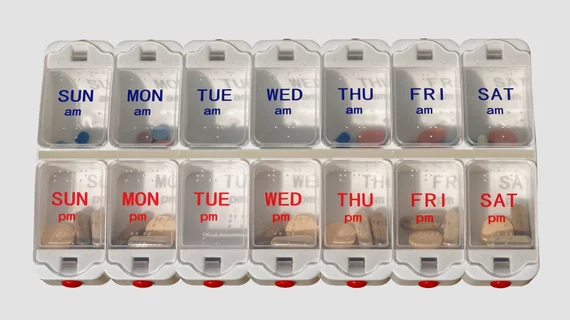Medicaid solidifies value-based drug payments
CMS has updated key aspects of its system for reimbursing drug claims made through Medicaid. The revised system gives states greater leeway than they’ve had to cut value-based purchasing deals with pharma companies on innovative but expensive drugs.
It also increases drugmakers’ flexibility to work with commercial payers on value-based purchasing agreements under Medicaid and, importantly for the war on opioids, sets minimum standards for states to follow in Medicaid drug utilization review.
The agency summarized the impact of each change in a Dec. 21 fact sheet, the issuance of which was spurred by CMS’s publication of a final rule.
The final rule will become effective in January 2022. Its publication further instructs manufacturers on calculating the price of a brand-name drug when an authorized generic is available, lays out state and manufacturer reporting requirements for Medicaid’s drug-rebate program, breaks out CHIP benefits and guides other Medicaid drug processes.
In a press release fleshing out the intent and impact of the final rule, CMS Administrator Seema Verma points out that rules of prescription drug rebates had not been modernized for 30 years.
“Medicaid’s outdated rules have consistently stymied the ability of payers and manufacturers to negotiate drug reimbursement methods based on the actual outcome of the treatment,” Verma says. “A new generation of approaches to payment methods is needed to allow the market the room to adapt to these types of curative treatments while ensuring that public programs like Medicaid remain sustainable and continue to receive their statutorily required discounts.”
The release notes that the final rule codifies a broad definition of value-based purchasing (VBP), which is designed to “align pricing and payment to observed or expected evidence and/or outcomes-based measures in a targeted population.”
CMS says it hopes the changes will lead to innovative therapies becoming widely available to patients and to saving as much as $228 million in federal and state dollars through 2025.
Links: Fact sheet, press release, full final rule.

